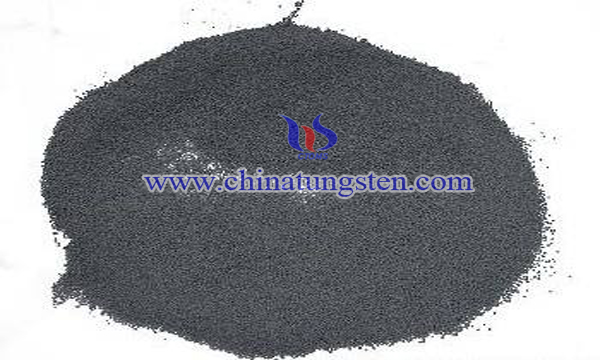Medium Ball Milling Process to Preparare Ultrafine Tungsten Carbide
- Details
- Category: Tungsten Information
- Published on Sunday, 19 November 2017 21:46
The preparation methods of ultrafine powder are mainly divided into two kinds: chemical method and physical method.

Chemical method is mainly chemical precipitation, sol-gel, etc., the physical method is mainly mechanical ball milling method.
The physical mechanical method is easier to prepare nano particles with smaller particle size distribution, and the production cost is relatively low, and the parameters are easy to control. However, the mechanical method requires high hardware and is limited by the development of hardware technology. At present, there are still some problems in the process, such as low efficiency, long ball milling cycle, agglomeration of powder, large particle size and so on. In general, adding medium dispersant can help the final result of mechanical ball milling.
Ultrafine tungsten carbide was prepared by medium ball milling process. With sodium carboxymethyl cellulose CMC as dispersant, tungsten carbide powder with 400g, filling ratio with 60% and medium ball size with 0.8 mm were used. Ball mill was carried out with deionized water as ball milling medium. The samples were sampled every 1H, and the samples were tested by laser particle size distribution. Through the rotational speed contrast experiment: the contrast experiment of dispersant, respectively, under the 0.8mm and 0.5 mm medium ball size ball milling for 10h to compare particle size distribution.
It was found that ball milling with 0.5% CMC Na (CMC) increased the milling efficiency by 13% compared with the samples and the ball milling without dispersant. WC powder with smaller particle size can be obtained by addition of CMC Na.
Compared with the ordinary mechanical ball milling method, the ball milling process has many advantages, such as energy saving, high efficiency and good quality. The ultrafine tungsten carbide powder is in accordance with the material properties and particle size requirements. The addition of 0.5% dispersant not only improves the ball milling efficiency, but also prevents the agglomeration of powders effectively. The optimum target size of the grinding ball size of 0.8 mm can reach between 0.3 microns and 0.4 microns. The target size of ball milling with 0.5 mm size can reach between 0.1 microns and 0.2 microns.
- Tungsten Carbide Manufacturer & Supplier, Chinatungsten Online: tungsten-carbide.com.cn
- Tungsten News & Prices of China Tungsten Industry Association: www.ctia.com.cn
- Molybdenum News & Price: news.molybdenum.com.cn
- Tel.: 86 592 5129696; Fax: 86 592 5129797; Email: sales@chinatungsten.com



 sales@chinatungsten.com
sales@chinatungsten.com